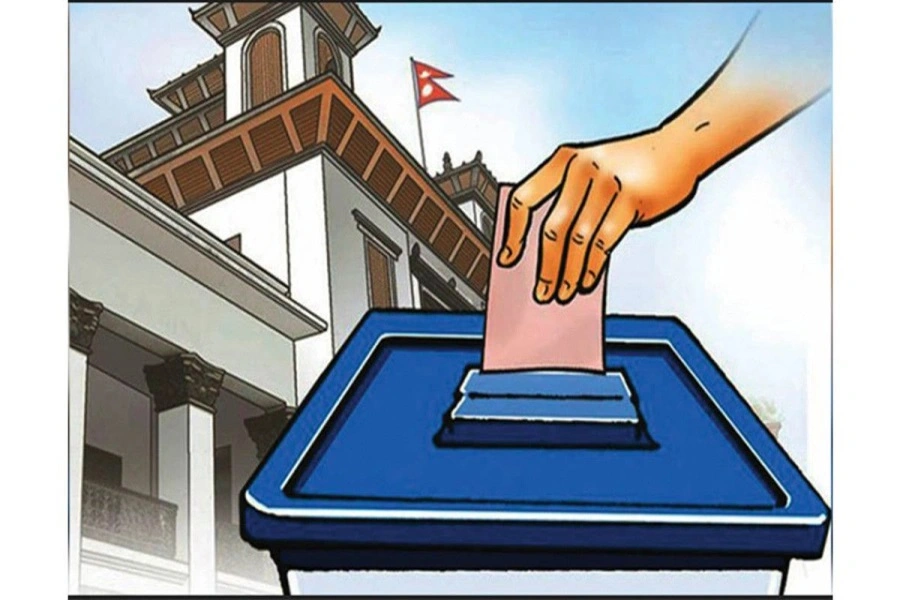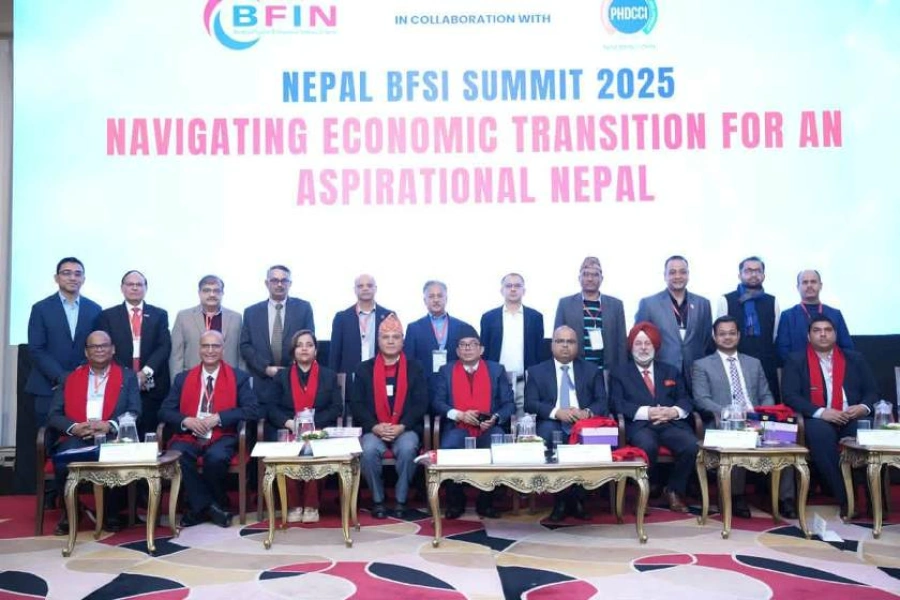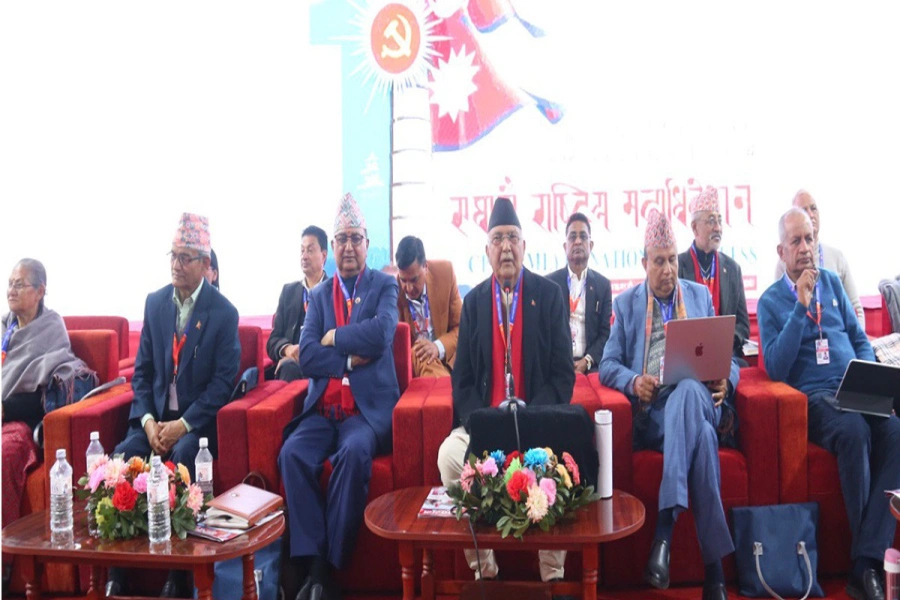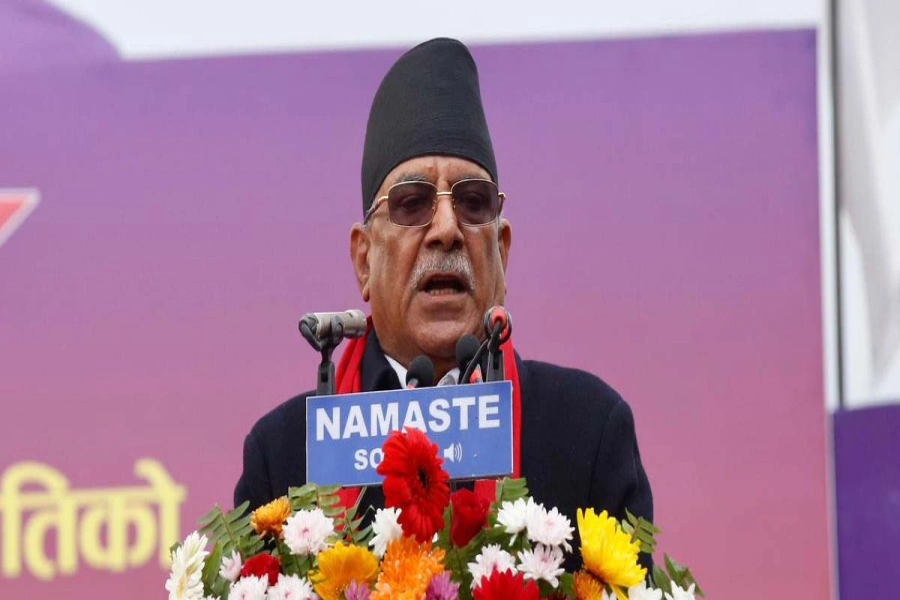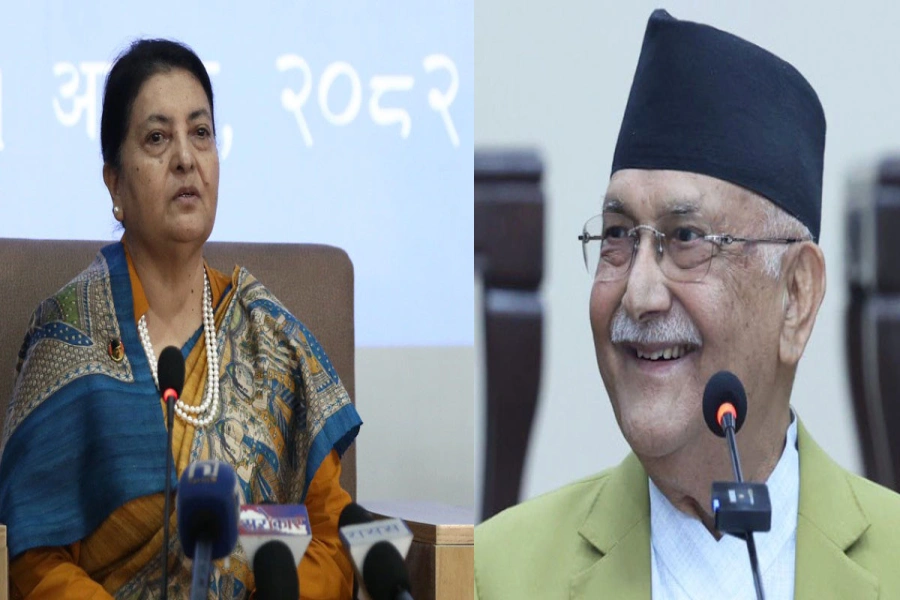Unlike libraries in western countries, libraries in Nepal aren’t adapting to the changing times and are still stuck with functioning like a library from two decades ago. Bimala Pokharel thinks that because people value digital media and learning now more than ever, libraries should also adapt that to an extent.
Sikshya Sitaula, a BBA student, mentions that none of her friends visit public libraries. According to the 21-year-old, all the information they need is readily available online or at their college library. Sitaula has a membership to the American Library in Maharajgunj, Kathmandu, but had she not been an avid reader, she wouldn’t have needed it at all.
This was the unanimous opinion most youth this scribe spoke to had about libraries and the need of (or the lack of) it in general. Technology has changed the way we learn and how we seek and get information. A few decades ago, the only way you could get all the required information for your research paper would be by visiting a library. But these days by pressing a few buttons on your computer or smartphone, you get a variety of answers (and opinions) to most of your queries. And so a lot of people are disregarding the importance of libraries.
Hari Regmi, a retired accountant, thinks that today’s generation who don’t go to libraries are just being lazy and the accessibility to internet is further fueling that laziness. Regmi thinks that this kind of behavior – of just getting the needed information from the internet instead of consulting physical books – is actually harming people’s developmental cycle. He mentions that he has seen a lot of young people being distracted by things they come across on the internet while researching for their projects. He also thinks that a lot of youngsters today simply can’t focus on a single task.
Here’s Why: Libraries are important in our digital world

“They call it multitasking but when your quality of work suffers what good is that ‘multitasking’,” says Regmi adding that, unlike online, there are fewer distractions at a library. On this, Sitaula agrees with Regmi but says that the culture of sitting down and studying among a group (of strangers) to work on your own project without disturbing one another isn’t common in Nepal. However, that’s not because of the current generations’ dwindling attention span or the accessibility of internet. “There just aren’t good spaces or public libraries where you can go and study,” she says.
Sitaula claims to have visited most, if not all, libraries around Kathmandu and the only library that appealed to her was the American Library. “It provides additional services besides the usual book lending. They also have books that cater to my taste in reading and they frequently update their collection too. I have been to libraries where they don’t add new books to their collection for years,” she says.
Sitaula’s claim is true in case of the Active Women of Nepal (AWON) library located at Thapathali in Kathmandu that sees a footfall of two to three people at the most on any given day. Padam Pandya, librarian at the AWON library, mentions that not many people have come to the library in the past four months and the most crowded the library gets is on Saturdays where an average of 20 people check in.
Pandya confesses that the library has not bought new books to add to their collection for a year now. Right now, the only way AWON library can add new books to its collection is through donations made by individuals and organizations. So, people who come in search of newly updated resource books or newly released books are usually disappointed. “The library doesn’t get enough funds these days and that is why we have not been able to add new books. I don’t know the exact reason behind it as the library is managed by the board members,” he reveals. None of the board members of the library were available for comment.
However, not all libraries are suffering this fate. The Kathmandu Valley Public Library is a good example of how libraries can actually thrive if they are managed and operated properly. Govinda Raj Dahal, general secretary of Nepal Library Association, states that more than 200 people visit the Kathmandu Valley Public Library every single day. The library is funded by the Ministry of Education, Science, and Technology, that provides them with an annual budget of Rs 300,000. This sum covers everything from the rent and utilities like electricity, water to other miscellaneous expenses of the library including the staff salary and cost of new books to add to the library’s growing collection.
Dahal mentions that the Kathmandu Valley Public Library, that is situated inside Bhrikuti Mandap at Exhibition Road, also benefits a lot from its location. “It’s literally at the center of Kathmandu and is easily accessible through public transport. And because there are quite a few educational institutions located nearby, many students also come to the library,” he explains adding that the library updates its collection of books by adding new releases, updated editions of informational books, and books requested by their readers every three to four months. Dahal also admits that the allotted budget for the library isn’t enough to sustain them for a whole year. He mentions that he has been requesting for a significant raise in the budget but it has not been granted yet.
Bimala Pokharel, who teaches Social Studies at a high school in Lalitpur, mentions that unlike libraries in western countries, libraries in Nepal aren’t adapting to the changing times and are still stuck with functioning like a library from two decades ago. She thinks that because people value digital media and learning now more than ever, libraries should also adapt that to an extent. Additionally, according to Pokharel, they should also have campaigns or programs educating people on why reading physical books and referencing printed sources should be valued. “Only then will people appreciate libraries,” she states.
However, Pokharel is also one of the many people who really don’t see a problem in obtaining information from the internet. 29-year-old Prem Khadka, who teaches physics at Gyanodaya School, also has similar views. Khadka used to visit libraries regularly during his college days but now the visits aren’t as frequent. “The libraries in Nepal just don’t have a proper reading environment or enough resource materials while there’s just so much content online,” he claims.
Over at the Nepal-Bharat library, the situation is a little different though. Frequented by over 300 people every day, the library also has internet facilities. Librarian Mahesh Sharma claims that a lot of people come here when they can’t find the information they are looking for anywhere else. Sharma adds that the importance of physical resource material can’t be negated by the readily available information online. Not everything that is on the internet can be cited as 100 percent correct, he says. “You need to cross reference it and for that libraries are your safest bet,” he concludes.
anweitiupadhyay@gmail.com





